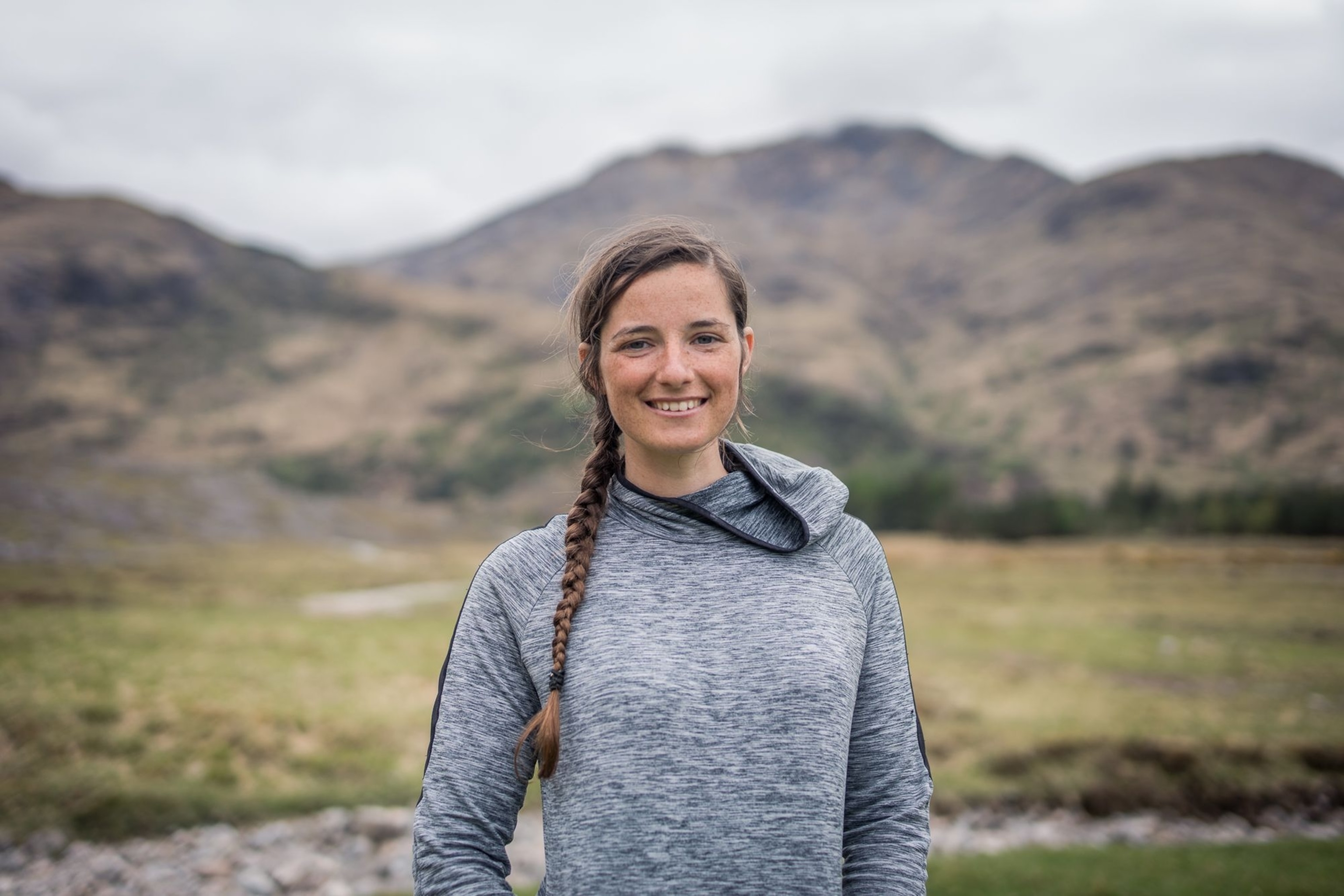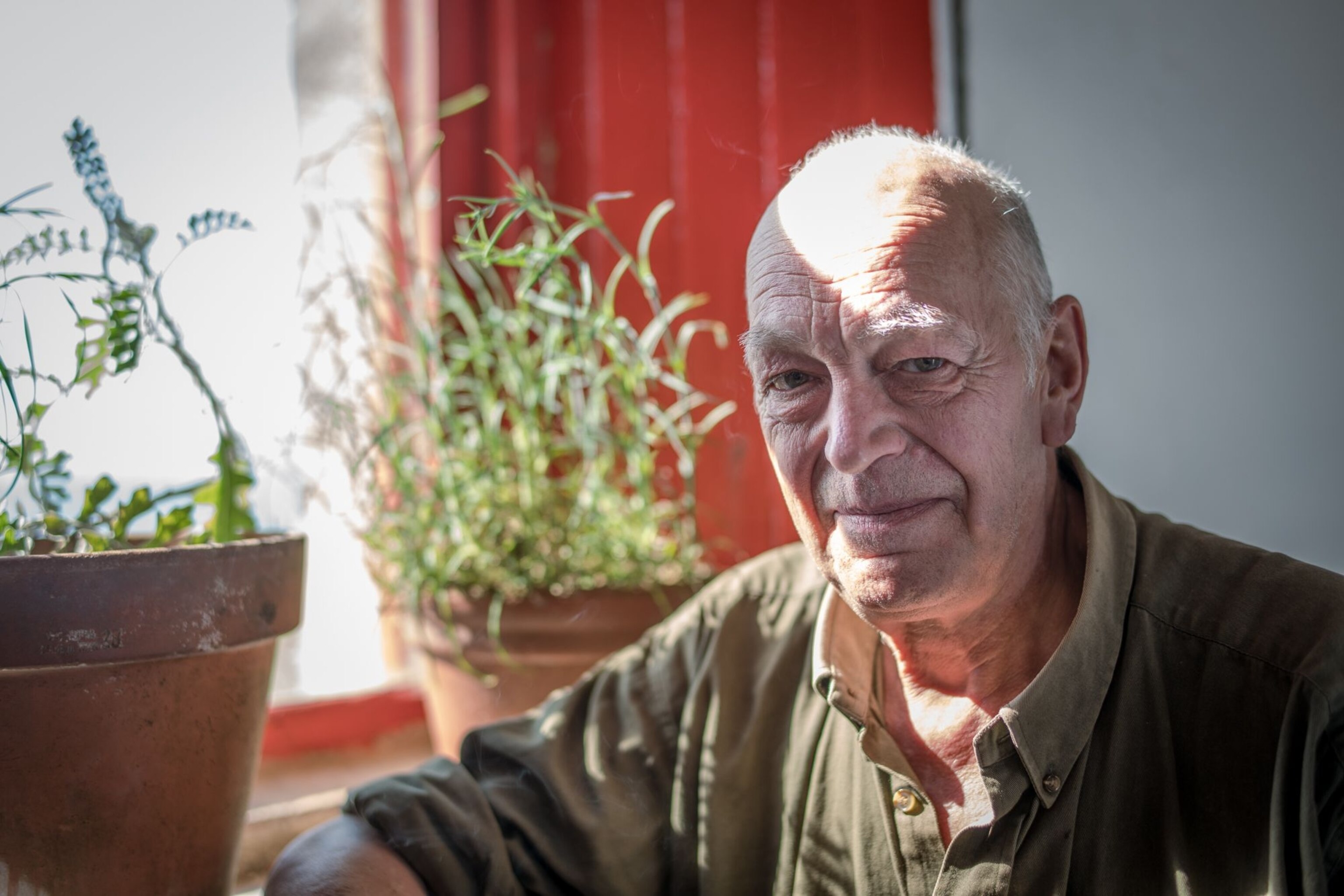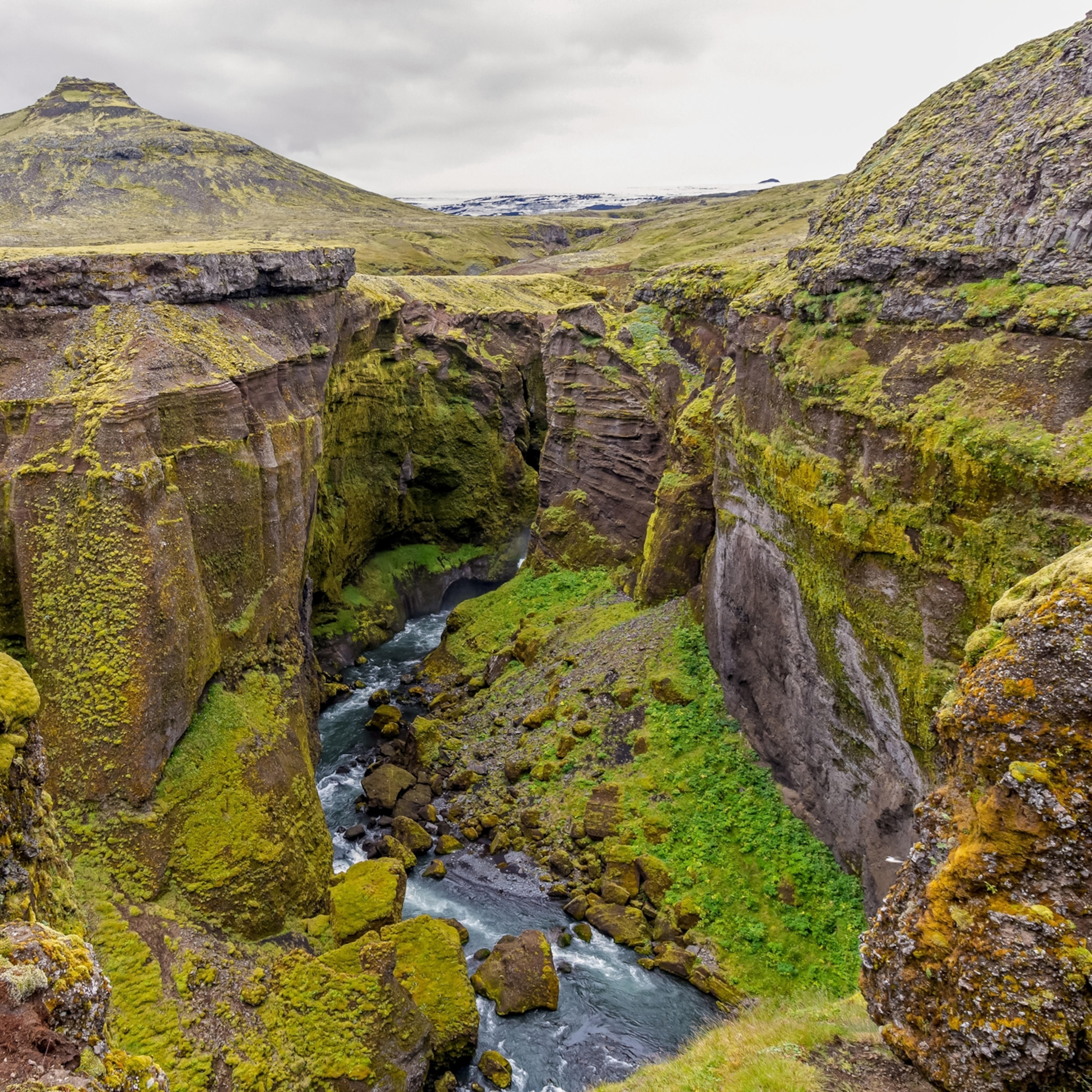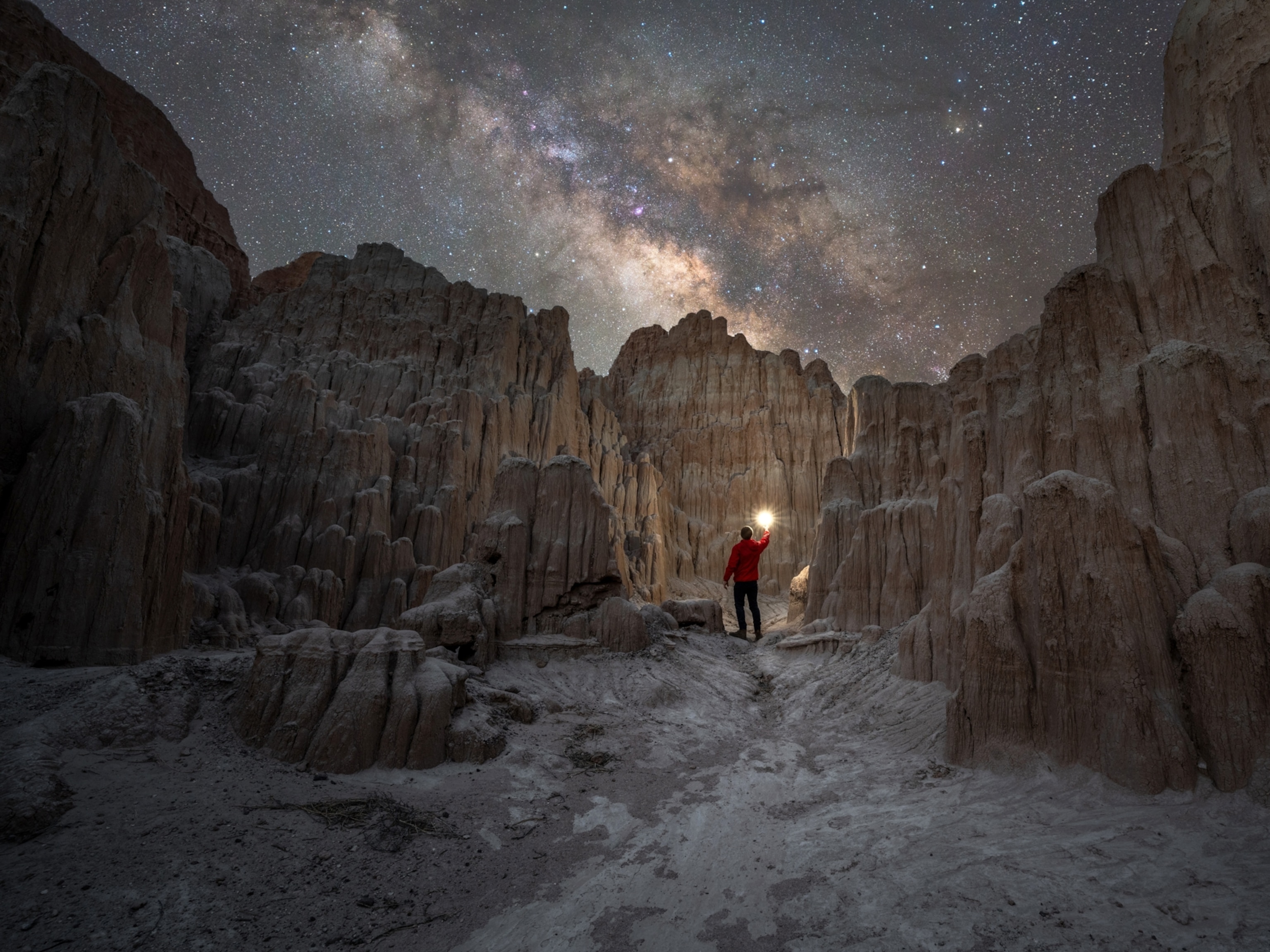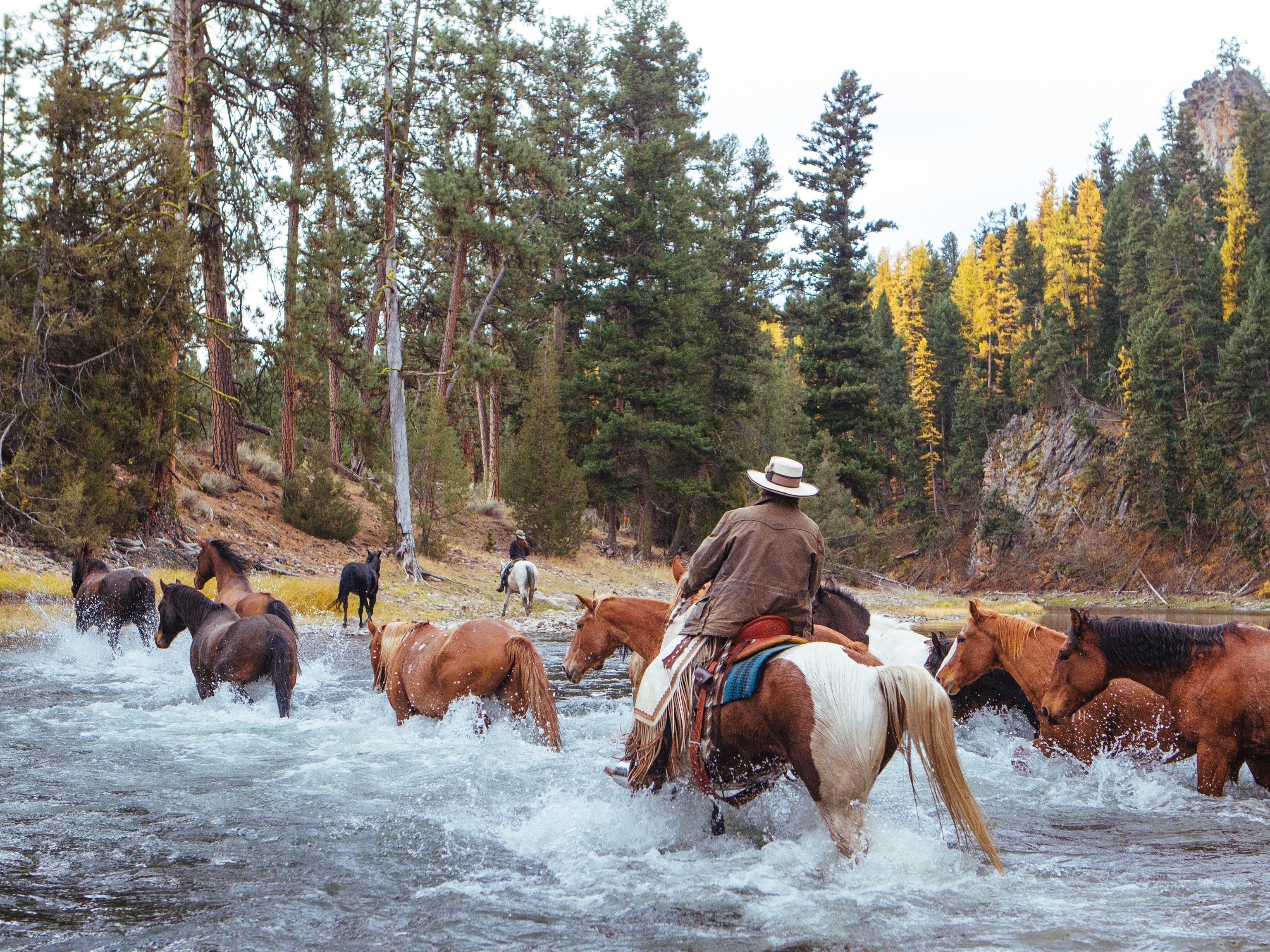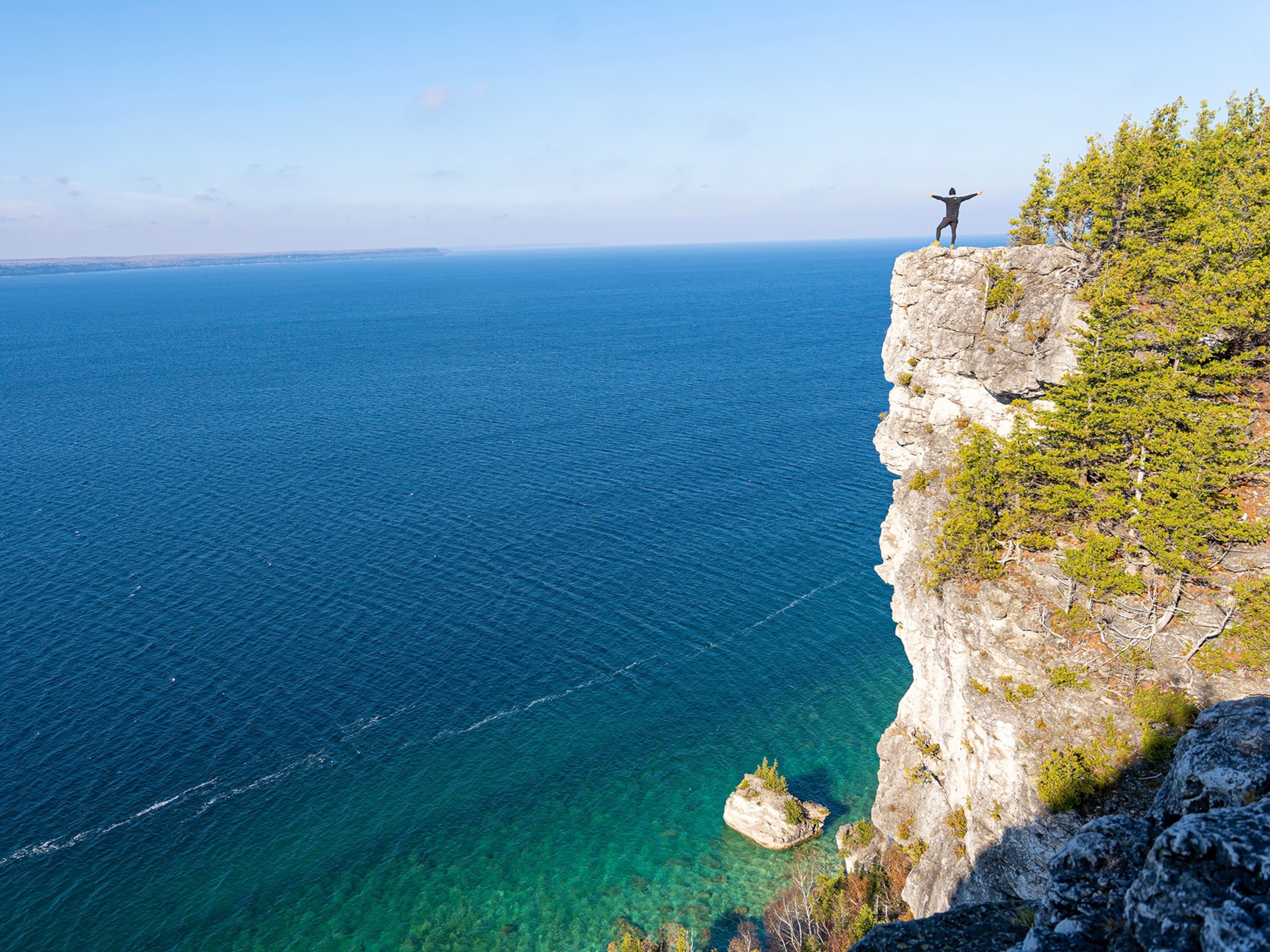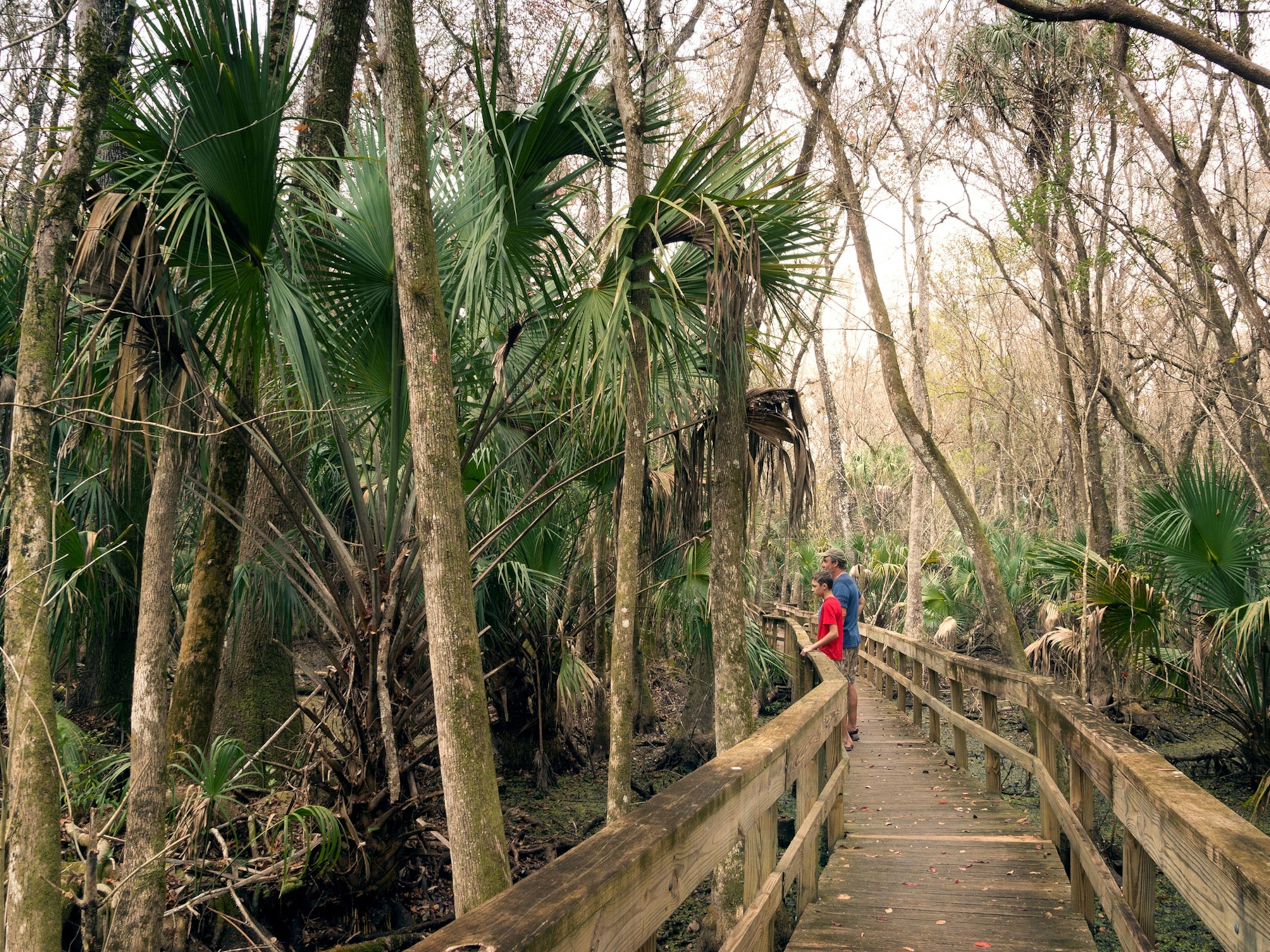Scotland's thunder road: Seeking history and humanity on the trail to Cape Wrath
One of the Highlands' wildest journeys travels a 'place of ghosts' with a troubled past. This journey found it brimming with life, and hope, of all kinds.

Britain has many long-distance hiking routes. But the one that winds up Scotland's west coast from Fort William to the sequestered headland of Cape Wrath holds the most allure to those who yearn for a truly immersive adventure in nature. Stippled for 240 miles across a wild patchwork of mountain, wave-scissored north Atlantic coastline and old-growth forest to the most north-westerly point on the British mainland, the Cape Wrath trail isn't actually a trail at all. More, it's a desire line that passes through a landscape restless with history – and one that throughout its length speaks of conflict and contradiction.
The trail cuts across the mountain ranges of the western seaboard, often arranged east to west. It’s not a modern, marked route created for recreation like those in the Alps or Americas, but an organic network that evolved over many centuries, designed, and built by and for those who lived and worked in the hills. Estate tracks, deer stalking paths, and drovers and coffin roads (traditional routes for driving cattle to market, and for taking the dead to burial grounds) make up this web of old ways that once wove far flung communities together.



The paths wind through, not over the summits, visiting clearance settlements, shieling ruins, bothies that were once shepherd huts, stalker's smallholdings, and family homes, ruins that were once the homes of people cleared during the enclosures of the 18th century. Hundreds of thousands of people, initially removed to make way for industrial scale sheep farming and later, banished in favor of recreational deer hunting. Passing through one empty glen after another, day after day, one comes to appreciate something of the depth as well as the breadth of Scotland's Clearance past. From this perspective, the trail is not a wild or remote place, but lost and emptied, a place of ghosts.
Yet the modern day Highlands is neither graveyard, nor museum. The trail also visits modern towns, villages, and settlements with homes, schools, and businesses, all of which contribute to its essential character. The many bothies en route provide much needed sanctuary in foul weather, and a deepening insight into past lives lived at nature’s edge. And there is the spontaneous, whispered magic of wildlife encounters; the gambolling otter, a gliding red throated diver, a hovering hawk or tiptoeing deer hind, all silently going about their business, often most active at dawn and dusk.
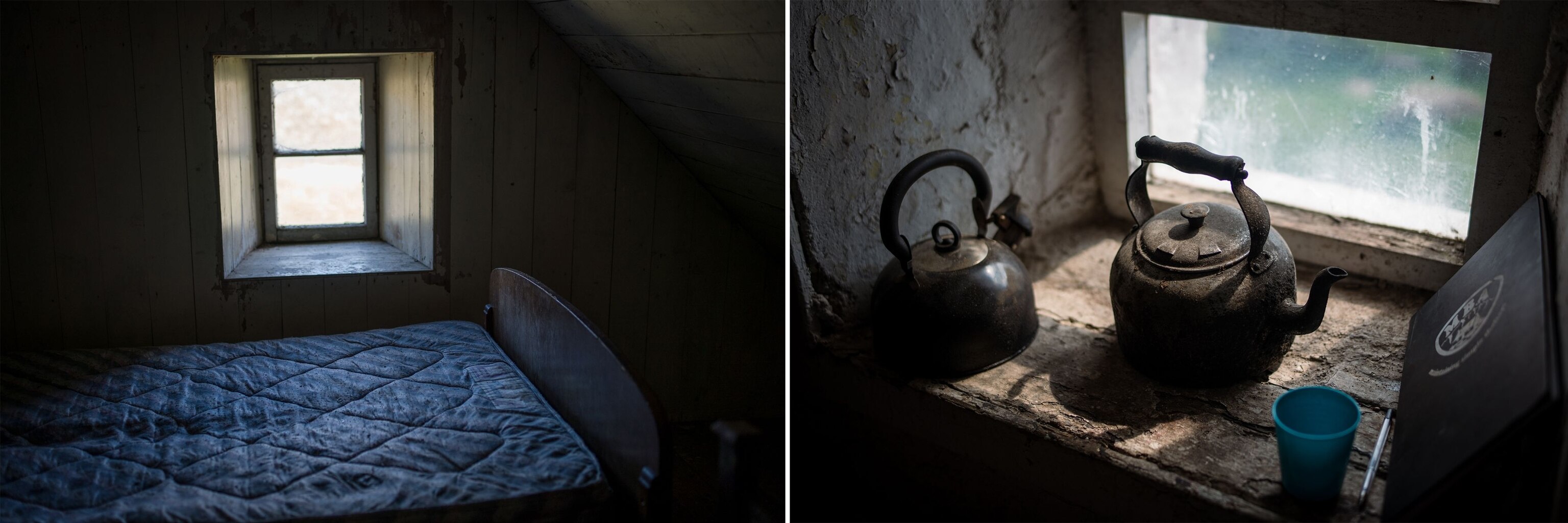
The trail also has its own mythology, as a journey of remoteness, solitude, and challenge. It’s frequently described as the toughest long distance walk in Britain. The Scots author and poet Kathleen Jamie wrote provocatively about the cult of ‘the lone enraptured male’, as a criticism of much outdoor and nature literature. Jamie satirises white middle class men boldly venturing forth to conquer the wilderness, a succession of rugged-and-well-educated individuals taming themselves as well as nature into the bargain.
Jamie’s modern crusaders wield pens, not swords, but the charge remains one of excursionism, with a privileged few extracting wisdom and insight from their pilgrimage. Truths are revealed in the wilds and then removed to civilisation, to live again as colonial curios, ghosts of their former selves.
“On the way, I spoke to local residents as well as my fellow walkers, and not being ghosts, they spoke right back.”
Gallery: Voices from Scotland's Cape Wrath Trail
The many paths which make up the trail to Cape Wrath were all made by people, and are still populated with them, yet the myth of the lone wilderness explorer persists.
Rather than construct yet another fable about a solo struggle against self-imposed adversity, I wondered if my own walk was an opportunity to ‘repeople’ at least one version of the Highland story. On the way, I spoke to local residents as well as my fellow walkers, and not being ghosts, they spoke right back. Given the time and space to reflect, what mattered to them was community, language, wellbeing, work, love, recovery, repair, regeneration, migration, and tolerance. Nearly everyone was glad to be asked. They seemed glad to be heard.
People were from all walks of life. Most visitors were attempting to reconnect after the pandemic, and a deep sense of relief and gratitude was universal. From locals, I heard of a region that was intimate and alive, a storied place full of relationships and compromises, not a blank canvas for ‘boy’s own’ adventures. And I recognised turns of phrase that reduced me to tears, figures of speech from my own family past that caught me off guard and reminded me of what Scottish ethnologist Mairi MacFayden (quoting Hamish Henderson) refers to as ‘the carrying stream’—the texture of culture, passed down through generations.

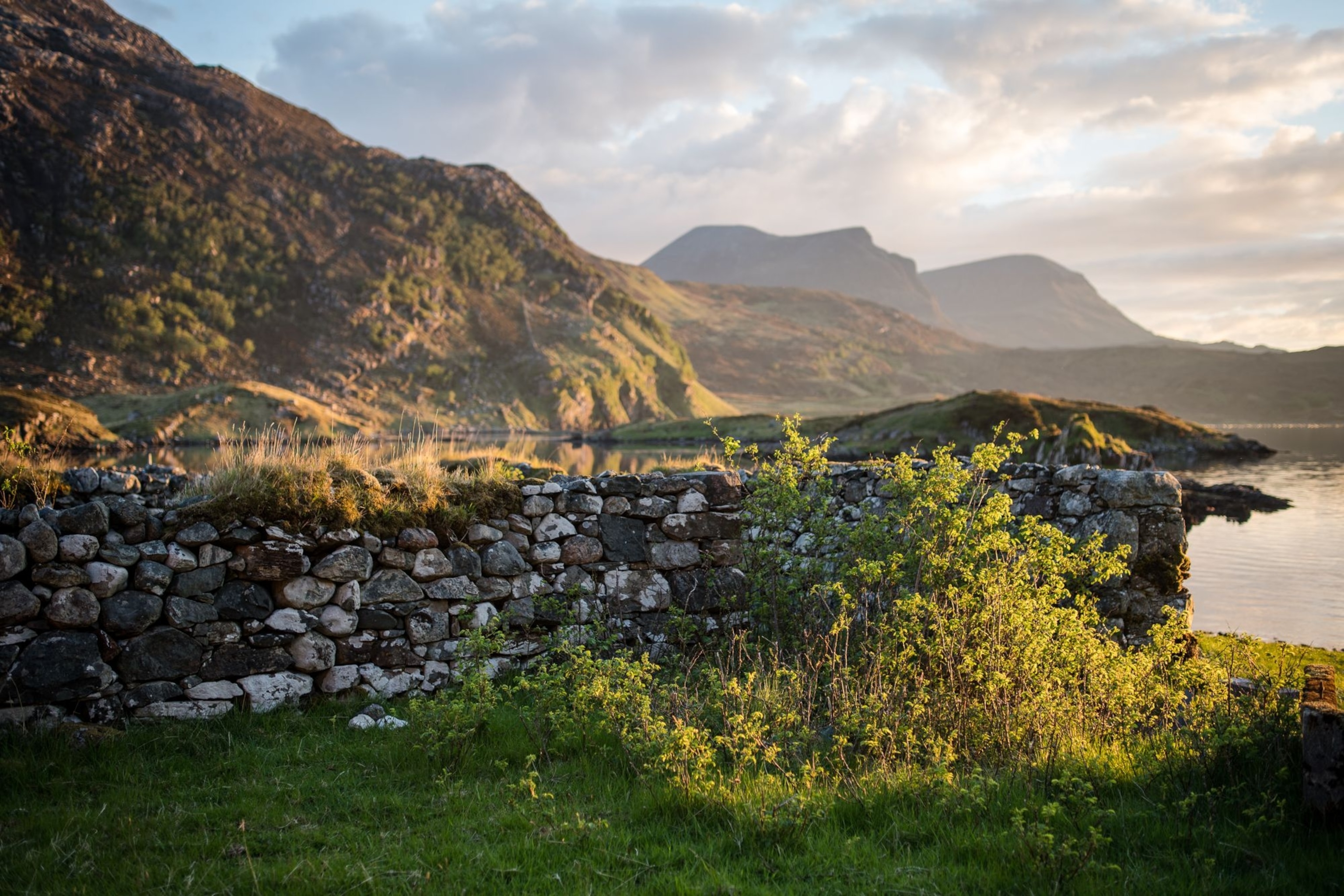

Yet some considerable distance remains between centre and edge. For some, the experience of the trail is so utterly different to their everyday lives that they remain wedded to the wilderness story, despite evidence to the contrary in every empty glen. Some present day locals spoke of the pressures of the visitor economy and struggles with infrastructure to support it, viewed through an increasing self-awareness and confidence despite their ongoing ‘satellite’ status.
The long walk to the Cape is a tough walk, but it also seemed to offer a snapshot of some of the issues we face around community and nationhood, climate and nature. Scotland still labours under the most unequal pattern of land ownership in Europe, a status quo maintained by largely Victorian ideas about the Highland landscape. Perhaps it is time we stopped talking to ghosts and start listening to each other.
David Lintern is a photographer, journalist, writer and guide living in the Scottish Highlands.
This article was adapted from the National Geographic U.K. website.
